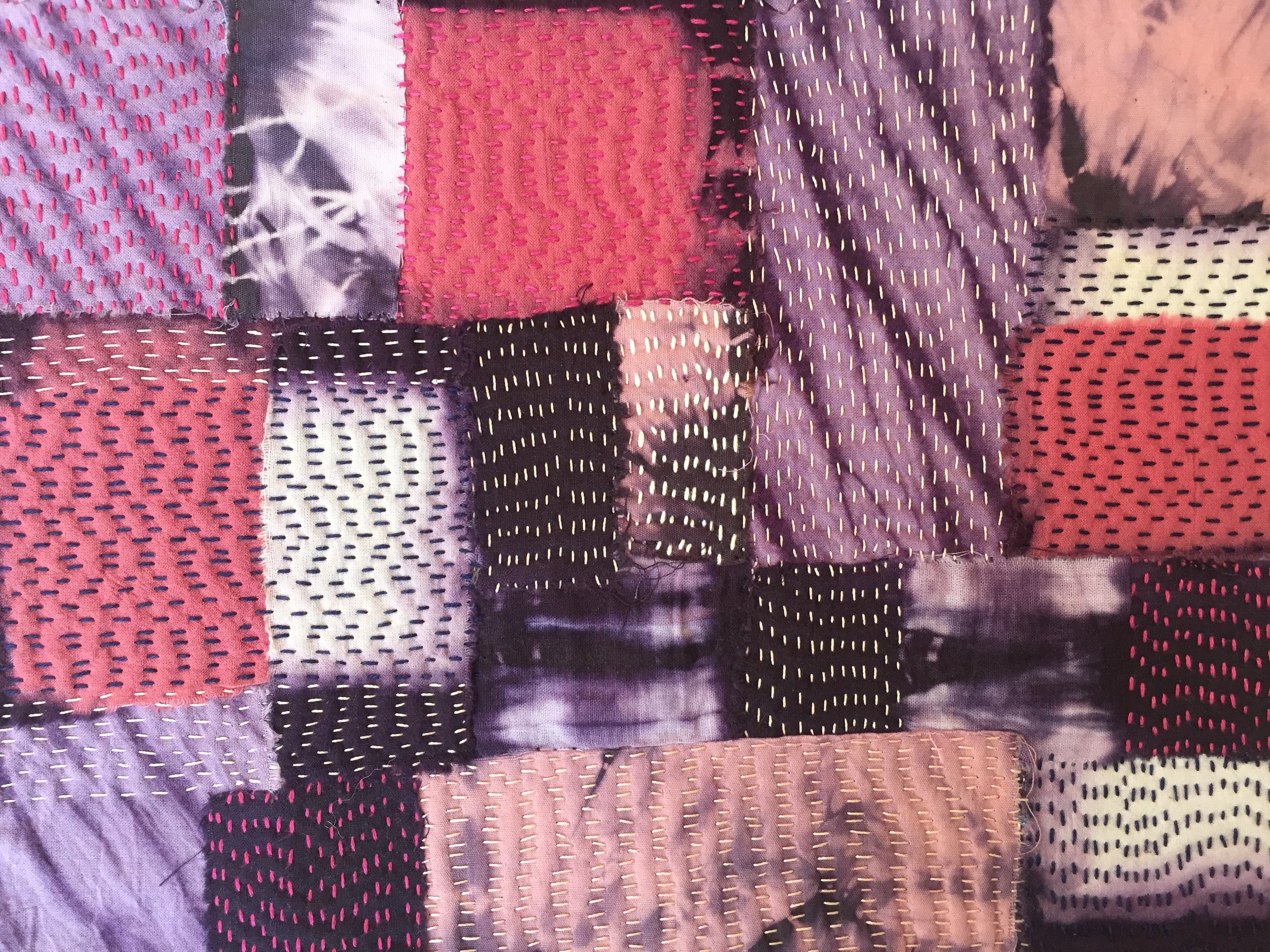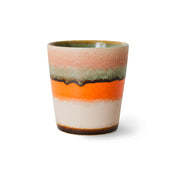
"Boro" is the Japanese word for a type of repairing and mending clothes and bedlinen by careful stitching and patching, which in truth follows much of the British wartime tradition of ‘make do and mend'. But the Japanese word for a similar technique has perhaps come to greater prominence as it does without the dour and joyless connotations, deriving from the more positive sense of ‘mottainai’ or ‘too good to waste’.To modern eyes Boro mending also has an esoteric cultural appeal through a sense of a Japanese attention to detail, expressed through precise technique in the meticulous handling of stitches, pattern and colour.
In the same way as the British mending tradition, it came to the fore during and immediately after WW2 out of pure necessity as a way to preserve and extend the life of clothing and other items, caused by the severe shortages of rationing and general poverty. The repair work often uses a method of stitched mending called "Sashiko" meaning "little stabs" or "little pierce", which has existed in Japan for many centuries.
In some especially sought after examples, a boro garment with multi-layered sashiko stitching might have been handed down over many generations, eventually resembling a mosaic of mending made decades apart.
In the west today, as we become ever more our throw-away society piles more pressure on the planet, through over-production and the despoliation caused by plastic waste, a new yearning has perhaps emerged for a return to humble and sincere forms of recycling through re-use, and to a renewed appreciation in the beauty of good mending.
Modern ideas such as "mindfulness" have also renewed interest in this type of stitch work and embroidery, as the necessary patience, application and contemplation can open up an interesting emotional or spiritual dimension to the process
Further adding to its modern appeal is the indigo colour of many items, a result of the dye often used to bring uniformity to the layers of patchwork. This eventually lead to an association with denim and jeans, as the international work-wear uniform arrived in the 1950's from American servicemen and women stationed there.
Perhaps Boro teaches us that time spent mending what we already own has a value equal to or over the money spent on new, and that the evidence of such quiet practicality can also be worn as an artform itself.





